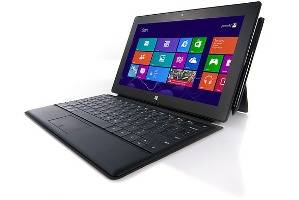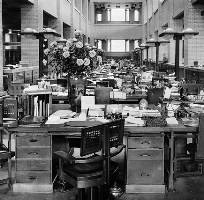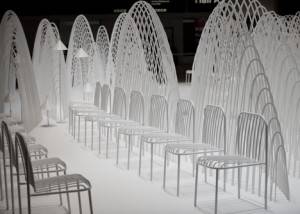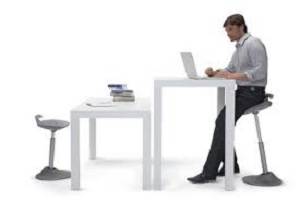March 11, 2013
Homeworkers happier but more at risk from poor ergonomics
 Amidst all the controversy over flexible working raised by the infamous Yahoo homeworking ban comes US research revealing homeworking policies lead to happier employers and employees. 93 percent of employees surveyed by Staples Advantage agree that telecommuting programs are mutually beneficial, and more than half 53 percent of business decision makers said telecommuting leads to more productive employees. However, the survey also reveals that 48 per cent of telecommuters use furniture or technology that is not ergonomically adjusted for them, which can lead to discomfort, loss of productivity or injury. (more…)
Amidst all the controversy over flexible working raised by the infamous Yahoo homeworking ban comes US research revealing homeworking policies lead to happier employers and employees. 93 percent of employees surveyed by Staples Advantage agree that telecommuting programs are mutually beneficial, and more than half 53 percent of business decision makers said telecommuting leads to more productive employees. However, the survey also reveals that 48 per cent of telecommuters use furniture or technology that is not ergonomically adjusted for them, which can lead to discomfort, loss of productivity or injury. (more…)
























March 4, 2013
Using the office treadmill to fight the flab
by Sara Bean • Comment, Furniture, Knowledge, Workplace
While shopping recently for a new arm chair, I noticed the prevalence of “snuggle chairs”, marketed as wider than average chairs in which two people can sit cosily together. However, judging by some of the customers checking them out, they appeared much more suitable for use by individuals with a wider girth. You don’t have to people-watch in a furniture store or visit the town of Tamworth, which this weekend the Daily Mail branded ‘”the fattest town in Britain” to notice people are getting fatter. Could a new “office treadmill” help address the obesity problem?
(more…)